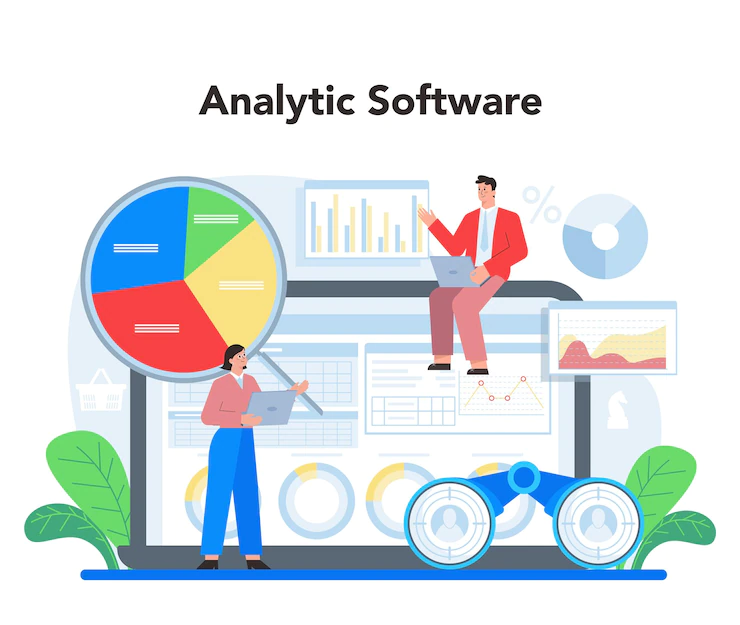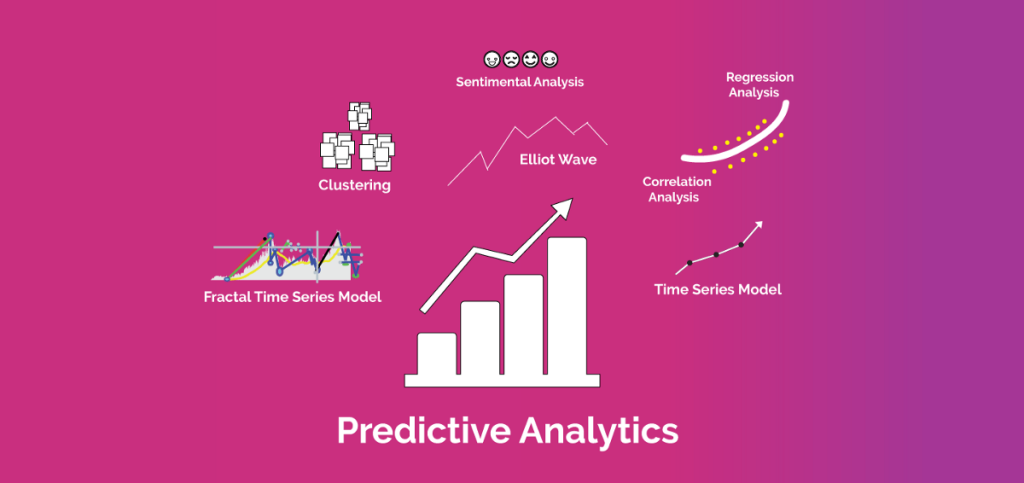Predictive analytics is a rapidly growing field that is transforming the way businesses make decisions. With the help of advanced algorithms and machine learning techniques, predictive analytics can help organizations identify patterns and trends in data, allowing them to make more informed and accurate predictions about future events. The field is constantly evolving, with new trends and technologies emerging all the time. Here are some of the key emerging trends and technologies in the field of predictive analytics.

Real-time Predictive Analytics
One of the most exciting trends in predictive analytics is the move towards real-time analytics. With the advent of big data and the Internet of Things (IoT), organizations are now able to collect and process vast amounts of data in real-time. This means that they can make predictions and take action as soon as an event occurs, rather than waiting for data to be processed and analyzed at a later date. Real-time predictive analytics can be used in a wide range of applications, such as monitoring and controlling industrial processes, detecting fraud in financial transactions, and identifying potential security threats.
Automated Machine Learning
Machine learning is a key technology in the field of predictive analytics, and it is becoming increasingly automated. Automated machine learning (AutoML) is a process that automates the selection, tuning and training of machine learning models. The goal of AutoML is to make machine learning more accessible and efficient, by allowing non-experts to build and deploy predictive models with minimal human intervention. This is particularly useful for organizations that do not have in-house expertise in machine learning, as it allows them to take advantage of the benefits of predictive analytics without having to invest in expensive and time-consuming training.
Explainable AI
Another key trend in predictive analytics is the development of explainable AI. This refers to the ability of artificial intelligence (AI) systems to provide understandable and transparent explanations for the predictions and decisions they make. Explainable AI is becoming increasingly important as organizations rely more on AI and machine learning to make decisions, as it allows them to understand and trust the predictions and decisions that are being made. This is particularly important in fields such as healthcare and finance, where the stakes are high and the potential consequences of errors are significant.
Deep Learning
Deep learning is a subfield of machine learning that is based on artificial neural networks with multiple layers. Deep learning has been used to achieve state-of-the-art performance in a wide range of applications, such as image and speech recognition, natural language processing, and game playing. Deep learning is particularly useful for solving problems that involve large amounts of data and complex patterns, such as image classification and speech recognition. With the development of larger and more powerful neural networks, deep learning is expected to become an increasingly important tool in the field of predictive analytics.

In conclusion, the field of predictive analytics is constantly evolving and changing. The trends and technologies discussed in this article are just a few examples of the many exciting developments that are taking place in the field. As organizations Miracle Group continue to collect and process more data, predictive analytics will become even more important in helping them make better decisions and improve their operations. With the emergence of technologies like real-time predictive analytics, automated machine learning, explainable AI, and deep learning, the future of predictive analytics is looking brighter than ever before.